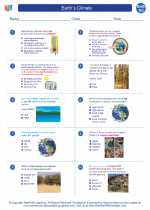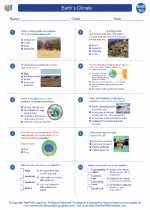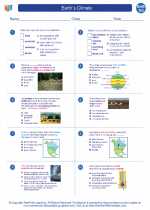Comets
Comets are small celestial bodies that orbit the Sun. They are made up of a mixture of ices, such as water, carbon dioxide, and ammonia, as well as dust and rocky material. Comets are often referred to as "dirty snowballs" due to their composition. When a comet comes close to the Sun, the heat causes the ices to vaporize and release gas and dust, creating a glowing coma and sometimes a tail.
Structure of Comets
Comets typically consist of three main components:
- Nucleus: The solid central part of the comet, made up of ice, rock, and dust.
- Coma: The atmosphere of gas and dust that forms around the nucleus as it is heated by the Sun.
- Tail: The bright, visible trail of gas and dust that extends away from the Sun, often pointing in the opposite direction of the solar wind.
Orbit and Origin
Comets have highly elliptical orbits that can take them from the outer reaches of the solar system to close proximity to the Sun. Many comets are thought to originate from the Kuiper Belt and the Oort Cloud, which are regions of icy bodies beyond the orbit of Neptune.
Observation and Study
Astronomers study comets using telescopes and spacecraft. The study of comets provides valuable information about the early solar system and the processes that shaped it. Cometary missions, such as the European Space Agency's Rosetta mission, have provided detailed insights into the composition and behavior of comets.
Study Guide
Here are some key points to remember when studying comets:
- Describe the structure of a comet and explain how it changes as it approaches the Sun.
- Discuss the origin of comets and their orbits within the solar system.
- Explain the significance of studying comets and the information they provide about the early solar system.
- Compare and contrast different comets and their unique characteristics.
When studying comets, it's important to understand their composition, behavior, and significance in the context of the solar system's formation and evolution.
.◂Earth Science Worksheets and Study Guides High School. Earth`s Climate

 Worksheet/Answer key
Worksheet/Answer key
 Worksheet/Answer key
Worksheet/Answer key
 Vocabulary/Answer key
Vocabulary/Answer key
 Vocabulary/Answer key
Vocabulary/Answer key
 Vocabulary/Answer key
Vocabulary/Answer key
